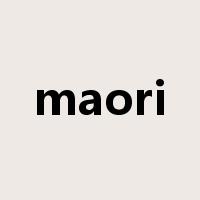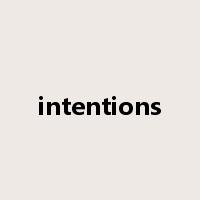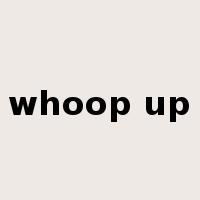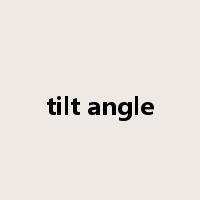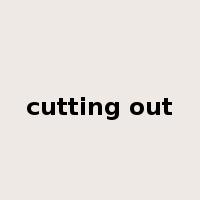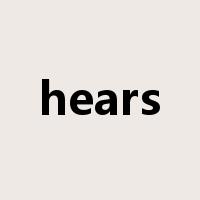maori 双语例句
全部
1·As with other Maori artistic traditions, kite-making involved certain rituals.
和毛利人的其他艺术传统一样,风筝制作也包括一些特定的仪式。
2·Who do I talk to if I want to find out some more about the Maori language classes?
如果我想了解更多关于毛利语课程的信息,我应该找谁?
3·All this meant it was easy to see a kite in the sky but you could also hear Maori kites.
这一切意味着我们可以轻易看到在天空中的风筝,但你也可以听到毛利人的风筝。
4·You can imagine that when Maori first arrived in the new country, in New Zealand, it may have taken some time to find suitable materials for their kites.
你可以想象,当毛利人第一次来到新西兰这个新国家的时候,他们可能花了一些时间才找到适合制作轻帆的材料。
5·In terms of appearance, kites were frequently designed in the image of a native bird, or a Maori god, and sometimes, perhaps less often, a well-known hero.
就外形而言,风筝通常是按照当地鸟类或毛利神的形象设计的,有时,可能没那么频繁,风筝的形象是一位著名的英雄。
6·As you know, we've been looking at different kinds of art and craft that were practised by the Maori people of New Zealand—at least before the Europeans began to arrive in the 18th century.
如你所知,我们一直在研究新西兰毛利人所习惯做的不同种类的艺术和工艺——至少在18世纪欧洲人到来之前是这样。
7·Now we're both quite keen on the Maori language class.
现在我们都很喜欢毛利语这门课。
8·The main Cook Islands language is Rarotongan Maori.
通用库克群岛毛利语。
9·The native people of New Zealand are called the Maori.
新西兰的原住民被称为毛利人。
10·The Maori signed an agreement with the European settlers.
毛利人和欧洲定居者签署了一项协议。
